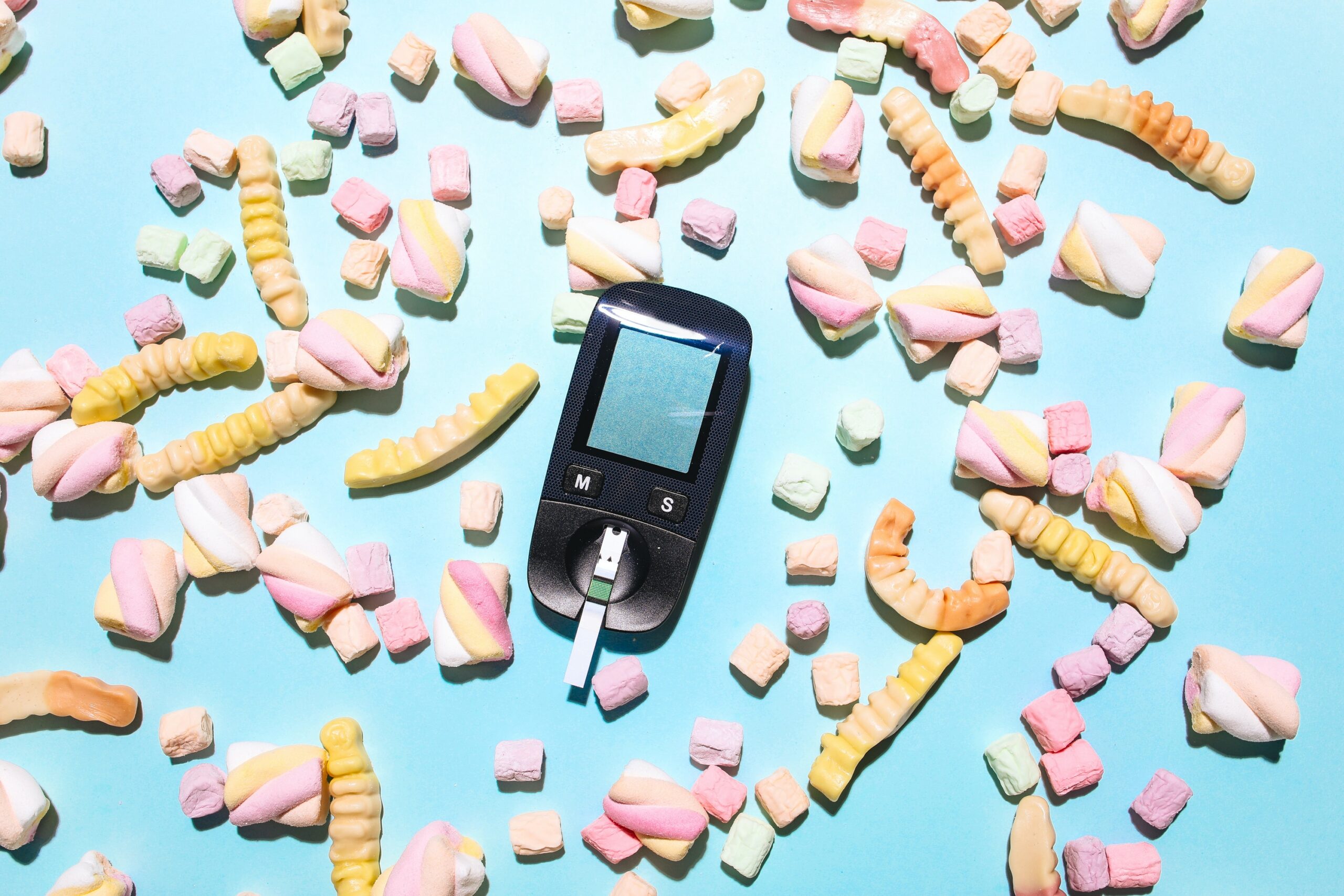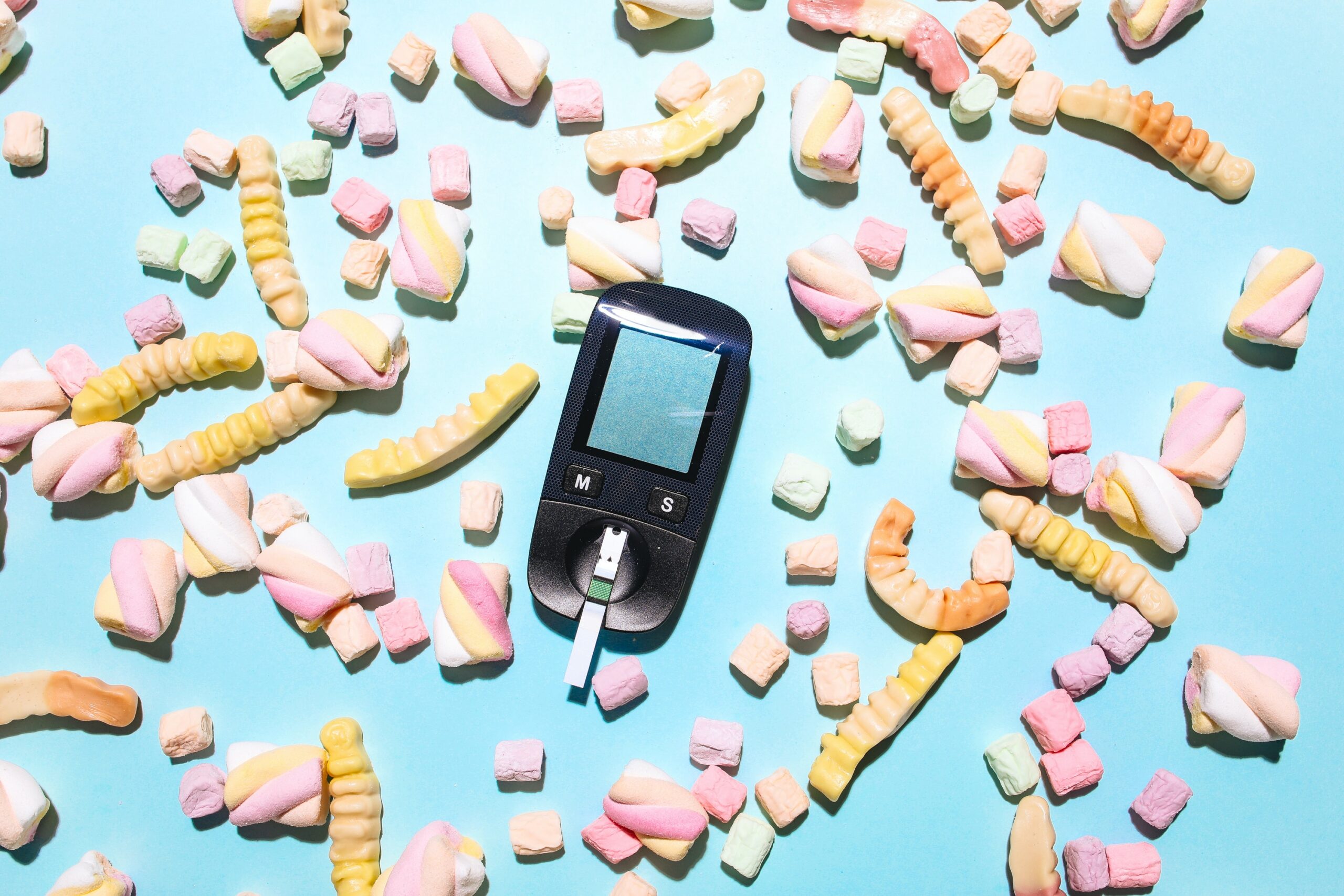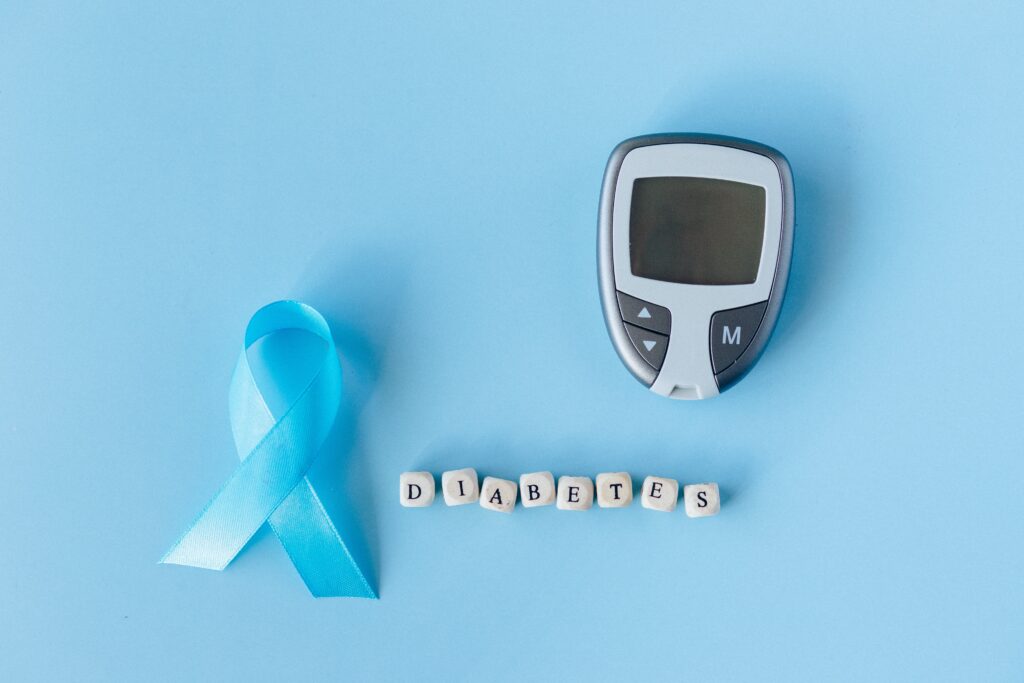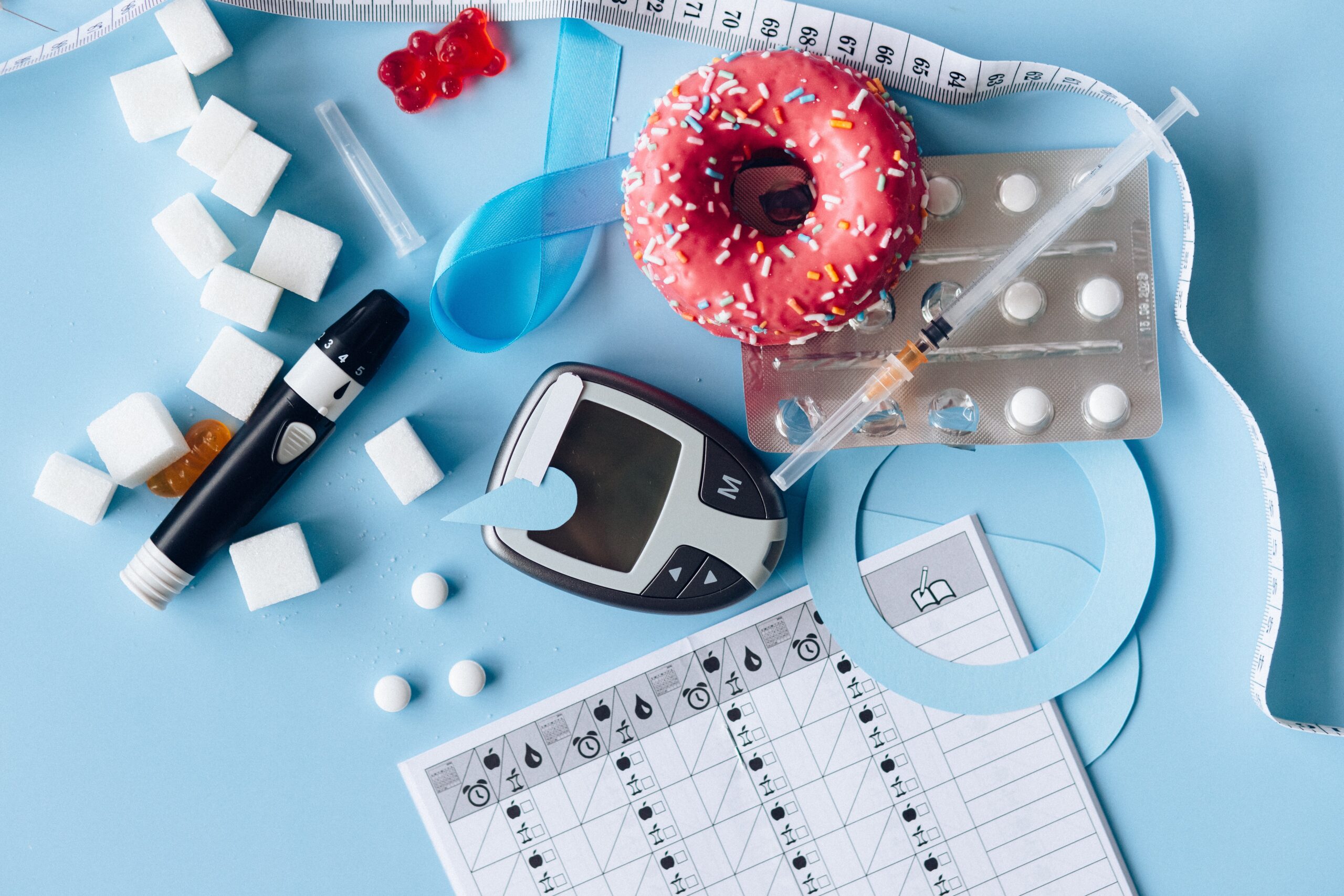
Did you know that 37.3% of Americans are diagnosed with diabetes right now? That is, 1 in 10 people in America have diabetes. And, according to some health statistics, approximately 1 in 5 people don’t even know they have it until their health gets permanently damaged by this disease. This is usually the case with type 2 diabetes – diabetes with very mild symptoms that need years to develop. Type 1 diabetes, on the other hand, has intense symptoms that happen rather quickly.
Type 1 diabetes, as we have said, can be recognized instantly, but, type 2 can be tricky to discover. Thus, today, we will talk about some early signs of diabetes you should pay attention to. Reacting early (going to your doctor) can be a life-saver in this situation! So, if you have some, or all, of these symptoms, schedule an appointment with your doctor.
What is Diabetes?
Before we start talking about the signs of diabetes you should pay attention to, let us first explain what diabetes is. Namely, diabetes, or diabetes mellitus, is when the sugar from the food you eat can’t be converted into energy. When we eat sugars, our body converts them into glucose and, using blood vessels, carries them through the body so that blood cells can convert them into energy needed for a healthy life.
To convert sugars into glucose, our body uses the hormone called insulin. With diabetes, our bodies can’t produce insulin or our cells become utterly immune to it which results in high sugar levels.
Type 1 diabetes, in the majority of cases, develops early in life. How it develops is not yet known. Some experts believe that type 1 diabetes is genetically predisposed, but, that has not been proven. Type 2 diabetes, however, happens because of poor life choices – unhealthy diet and no exercising.
Signs of Diabetes
And now, let us talk about some of the most common signs of diabetes you should pay attention to. Again, if you notice having these symptoms, talk to your doctor – if you catch your disease early, managing it can be quite easy.
1. Extreme Thirst and Frequent Urination
Extreme thirst is one of the most common signs of diabetes. People with diabetes also say that no matter how much they drink water throughout the day, they will always feel dehydrated. This extreme thirst typically results in frequent urination.
But, sometimes, we can have frequent urination without extreme thirst. When your sugar levels are high, they go to our kidneys which then ‘spill’ them into the urine.
2. Increased Hunger
Increased hunger, or polyphagia, is also a very early and a very common sign of diabetes. Just as previously said, when we eat, our bodies turn what we eat into glucose and use that glucose to feed our cells. With diabetes, this system doesn’t work and results in persistent hunger.
There is a common diabetes myth that people who have this condition must have a special diet in order to live. That is true, but only in some cases. Namely, to live with diabetes, you don’t have to cut all those delicious foods from your diet. All you have to do is ensure you have healthy meals throughout the day and avoid only those foods that are too rich in sugars and salts.

3. Fatigue
In today’s world, we all feel fatigued. But, feeling fatigued too much and too often is one of the most common signs of diabetes. Why it occurs is still not known. However, doctors believe that we feel fatigued because our blood cells can produce enough energy.
With fatigue, doing day-to-day tasks may be extremely challenging. But, if you keep your illness under control, you can easily get rid of this symptom and continue living as before. There is no need to be afraid of exerting, walking, or doing some big life events such as moving, for example. Of course, if you need help moving, you can always turn to experts from Four Winds KSA, but, as long as you are following your doctor’s orders, you will be okay to pack those boxes and carry them to your moving truck.
4. Frequent Infections
We all get infections from time to time. They are annoying, but an integral part of our lives. Getting them once (or even twice) a year is perfectly normal. But, getting them often is a sign of diabetes – especially type 2 diabetes. Infections you can get can be bacterial, fungal, or yeast. And, you can get them on any part of your body (outside and inside).
5. Blurred Vision
In most cases, high blood sugar levels can affect the blood vessels in our eyes and cause blurred vision. When you treat diabetes properly and on time, this blurriness will go away. However, if you don’t do anything, you may develop a more serious condition (diabetic retinopathy) which can lead to blindness.
Diabetes, both type 1 and type 2, can often lead to many other serious conditions. Even if early symptoms don’t seem serious, everything can change overnight. That is why it is important to talk about diabetes to your doctor!

6. Unintended Weight loss
We all want to lose a couple of pounds. But, if we are losing them without trying, that is, without making any life changes, that may be diabetes. Diabetes causes sugars from our food to go directly to the urine and keeps them away from other organs and cells that need it to function properly and to maintain weight.
Unintended weight loss is one of the most common signs of type 2 diabetes. Of course, you can experience this condition with other illnesses, but, if you are losing weight and experiencing symptoms such as nausea and vomiting, you most likely have diabetes.
7. Mood Changes
One of the last but certainly not least signs of diabetes you should pay attention to is constant mood change. This is because blood sugar is closely connected to our mental health. So, if something is wrong with blood sugar, something will also be wrong with our mental health. Mood changes you can experience with diabetes (especially with type 2) are constant and severe irritability, worry, and anxiety.
It is important to know that having diabetes (either type 1or 2) is not a death sentence! Many people live with this condition normally. But, to reach that level of normality, you must consult your doctor and make some lifestyle changes, just as mentioned many times before. So, if you notice some of these common signs of diabetes, you know what to do.

































